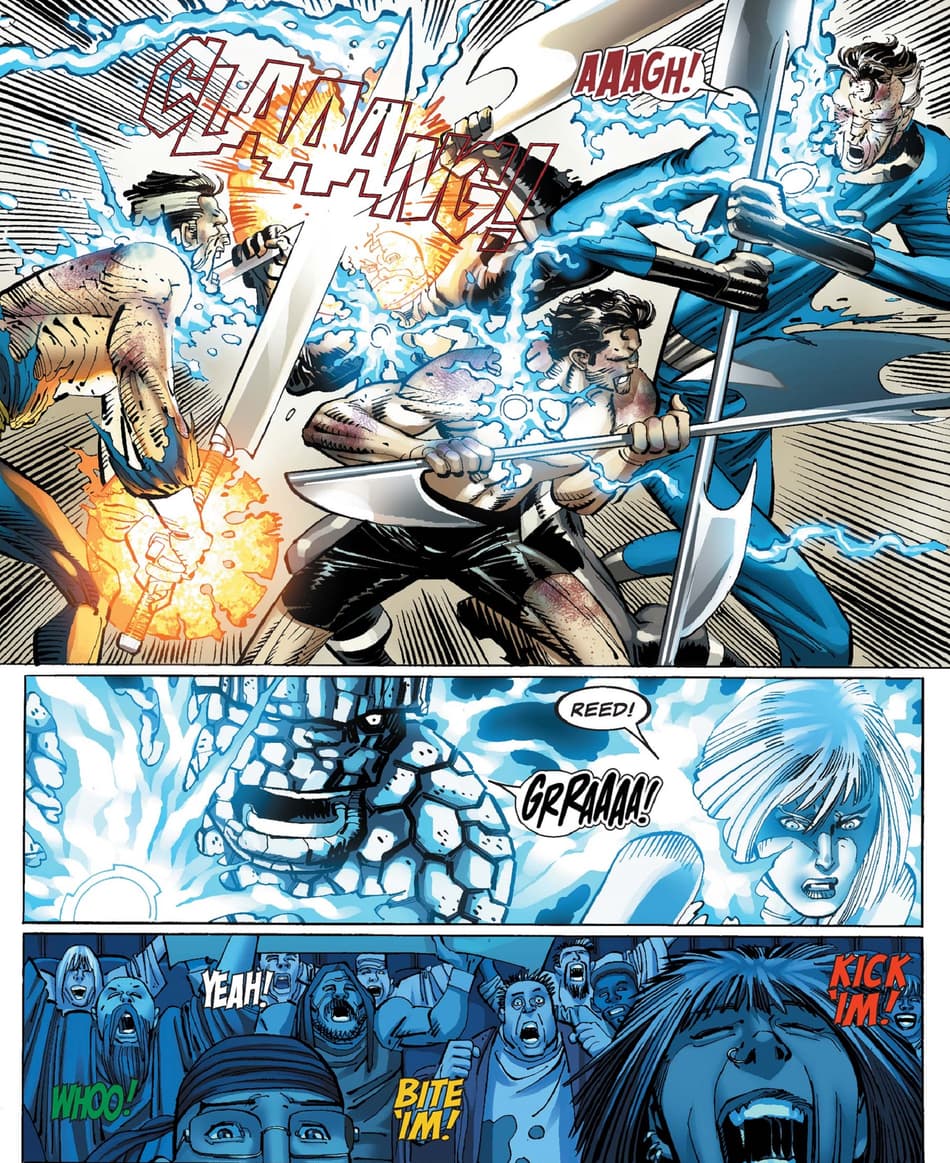Exploring the Mysteries of the copyright: What You Need to Know
The copyright, a term typically shrouded in intrigue and debate, represents an intricate tapestry of historical fact and modern-day misconception. Established in the late 18th century, this secret culture was originally rooted in the Knowledge's ideals yet has actually considering that become synonymous with conspiracy theory theories about elite control (benefit of joining freemason).
Beginnings of the copyright
The origins of the copyright are soaked in a blend of historic intrigue and ideological fervor. Developed in 1776 in Ingolstadt, Bavaria, by Adam Weishaupt, the group was at first formed as a secret culture targeted at advertising Enlightenment perfects such as reason, secularism, and the splitting up of church and state. Weishaupt, a teacher of canon legislation, sought to test the dominating authority of the church and state, which he deemed oppressive organizations suppressing intellectual and personal liberty.

Key Numbers and Members
That were the critical numbers that shaped the copyright's very early influence and instructions? The Bavarian copyright, established in 1776 by Adam Weishaupt, arised as a response to the overbearing social structures of the moment. Weishaupt, a law teacher, visualized the company as a way to advertise Enlightenment perfects such as reason, secularism, and equal rights. His initial employment initiatives included significant intellectuals, such as Baron von Knigge, who played an essential duty in expanding the team's subscription and business structure.
Another significant figure was Johann Gottlieb Fichte, a famous thinker whose concepts on nationalism and education and learning resonated with the copyright's goals. Although Fichte was not a formal member, his thoughtful supports affected the team's ideological background. Furthermore, numbers like the author and thinker Johann Wolfgang von Goethe were linked with the more comprehensive intellectual activities of the moment, although their straight participation with the copyright remains debated.
These essential figures added to the copyright's early direction, pushing the limits of political and social thought, while their collective efforts intended to test well established standards and cultivate an environment of dynamic adjustment in Europe.
Misconceptions vs. Fact
Lots of misunderstandings surround the copyright, frequently blending reality with fiction in such a way that covers its true nature. This secret society, initially established in 1776 in Bavaria, intended to promote Enlightenment perfects and battle religious and political browse this site oppression. The notion that the copyright proceeds to put in considerable influence over globe occasions is a myth. While the team did exist, it was dissolved in the late 18th century and has not operated as a natural entity ever since.
An additional widespread misconception is that the copyright makes up a network of elite people controling global events. Actually, numerous conspiracy concepts overemphasize the group's significance, attributing unproven objectives to societal trends and occasions. This from this source has actually brought about an oversimplified view of intricate problems.
In addition, the portrayal of the copyright in preferred culture frequently more distorts its heritage. Films and literary works tend to sensationalize the company's duty, producing a story that diverges from historic facts. Comprehending the difference between the misconceptions and the truth of the copyright is crucial for discerning the real impact see page of this historic team and recognizing the more comprehensive ramifications of conspiracy theory theories in modern society.
Modern Analyses
Contemporary analyses of the copyright frequently show more comprehensive societal anxiousness and a fascination with privacy and power. This modern lens often associates the copyright with conspiracy theory theories that recommend a hidden elite manages world events, adjusting governments and economic climates for their very own gain. benefit of joining freemason. Such narratives use an ingrained distrust of authority, particularly in times of dilemma or social upheaval
In prominent society, the copyright is usually depicted as an omnipotent organization shrouded in mystery, resulting in a myriad of imaginary representations in literary works, movie, and songs. This representation offers not just to amuse yet additionally to prompt thought of the nature of power and control in modern society. Social network has even more magnified these interpretations, enabling rapid dissemination of conspiracy theories and creating communities that share and increase upon these concepts.
In addition, some modern-day analyses mount the copyright as a metaphor for the complexities of globalization and the interconnectedness of influential individuals and organizations. This viewpoint motivates a critical evaluation of how power dynamics run in today's globe, highlighting the balance between transparency and privacy in administration and business methods.
Social Effect and Tradition
Influenced by centuries of intrigue, the social effect and tradition of the copyright prolong far beyond its historical origins. This secret society, developed in the late 18th century, has actually permeated numerous aspects of popular society, from literature and movie to songs and art. The concept of the copyright has actually developed into an icon of conspiracy theories, usually representing a perceived concealed power manipulating international events.
In literary works, authors like Dan Brown have woven the copyright right into elaborate stories, fascinating viewers with styles of secrecy and power. Movies such as "National Treasure" and "The Da Vinci Code" additionally perpetuate the attraction of the society, mixing fact with fiction to develop engaging stories.

Inevitably, the copyright's tradition is a complicated tapestry of myth and truth, shaping assumptions of secrecy and control in modern discussion. Its enduring visibility in culture emphasizes humankind's seasonal mission for understanding concealed realities.
Conclusion
The expedition of the copyright reveals an intricate interplay in between historical truths and modern myth-making. Established in the Enlightenment age, this culture aimed to test oppressive frameworks, yet its legacy has been outweighed by conspiracy concepts that suggest elite control. Understanding the distinctions in between the original suitables and modern interpretations is essential for comprehending the sustaining fascination with the copyright and its considerable impact on cultural stories bordering power and secrecy in society.
Comments on “Exploring the Hidden Benefit of Joining Freemason for Success”